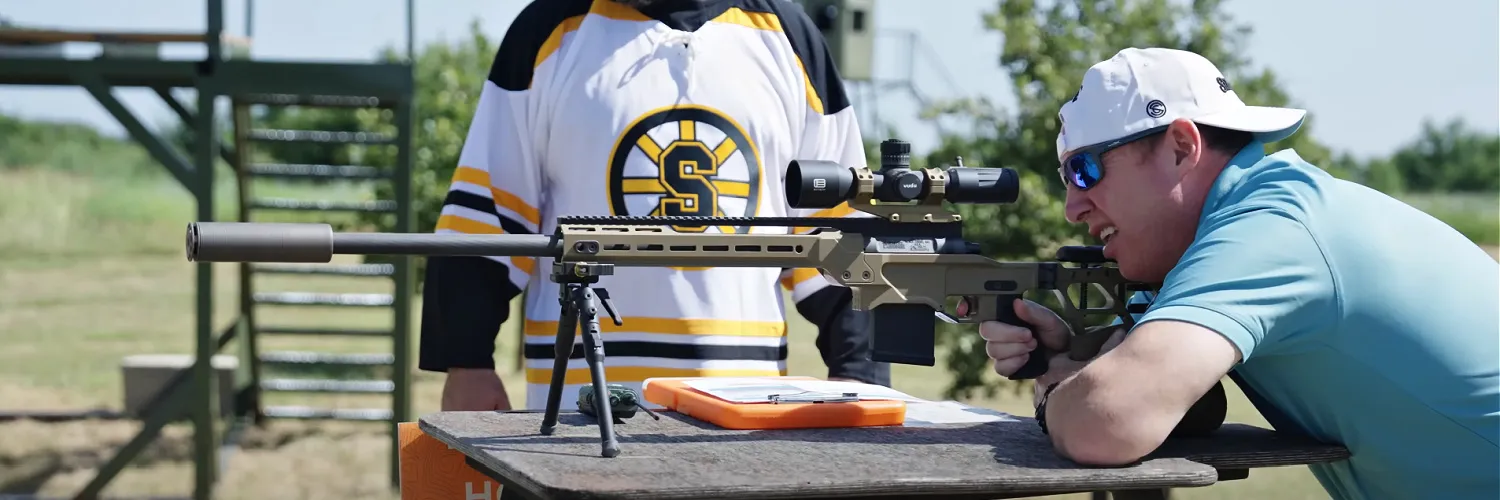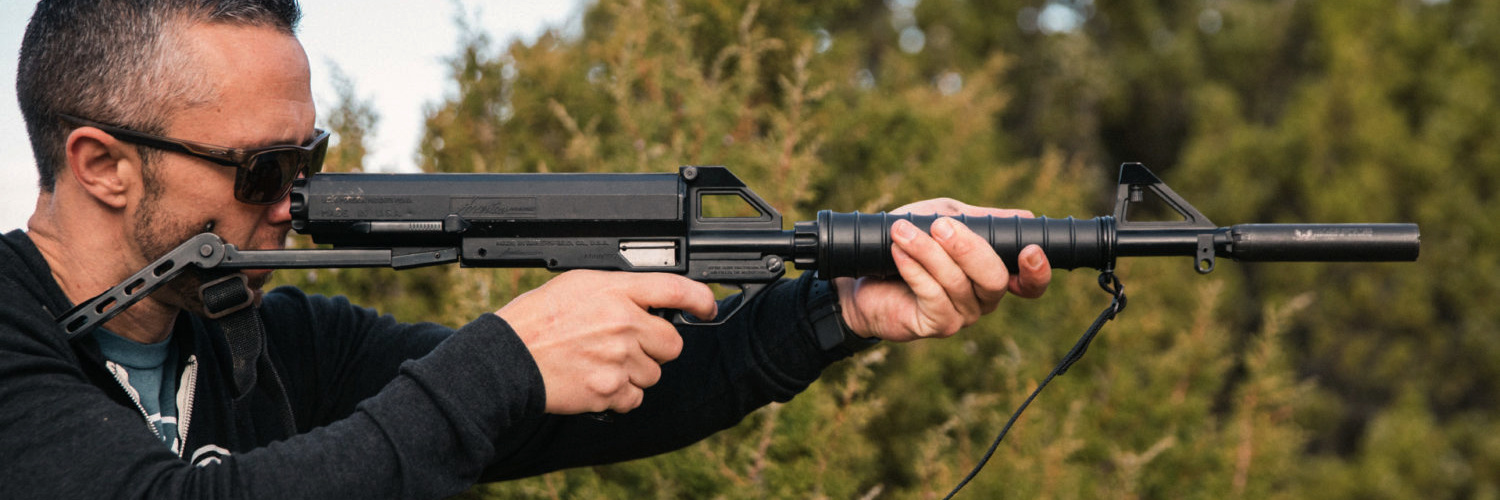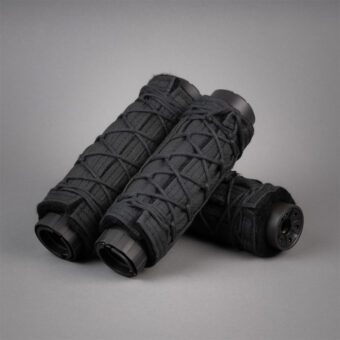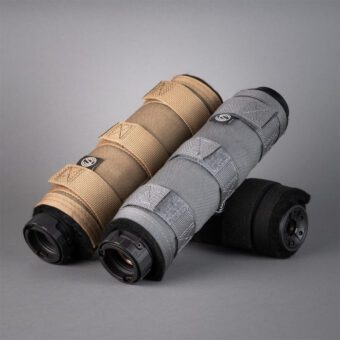Traveling? The TSA, Firearms, and Suppressors
David Higginbotham
Traveling with firearms and suppressors often raises questions, especially about crossing state lines. It is legal and easy to travel with a suppressor, and this guide offers practical tips and resources to make hitting the road — or skies — with silencers and guns much less complicated.
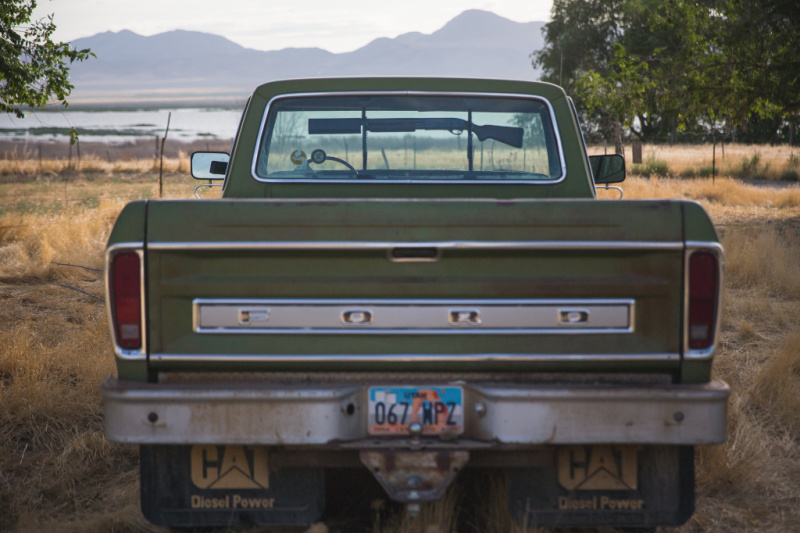
Is a Suppressor an NFA Item?
Yes, suppressors fall under the National Firearms Act (NFA) and are regulated by the ATF. However, unlike other NFA items such as short-barreled rifles and shotguns, or machine guns, you do not need to file ATF Form 5320.20 (Application to Transport) when traveling with a suppressor. You can move it across state lines without notifying the ATF, although checking local laws is essential.
I can’t find anything on the form that prohibits you from notifying the ATF of your intentions to travel with a suppressor, but it certainly isn’t required.
With that concern out of the way, you still need to consider your destination and how you will get there.
Traveling With a Suppressor
After you’ve been cleared for your tax stamp, you can travel with your suppressor, so long as your destination is one of the 42 states where silencers are legal.
I live in Arkansas and drive over the border to Oklahoma to hunt hogs — no problem, this one is easy. I can cross state lines with a silencer under the same guidelines I follow for the firearm it attaches to.
If, however, you are driving through a state where silencers are not legal, you place yourself in jeopardy. My advice on this matter should in no way replace or stand in for the advice of legal counsel. That said, I wouldn’t do it.
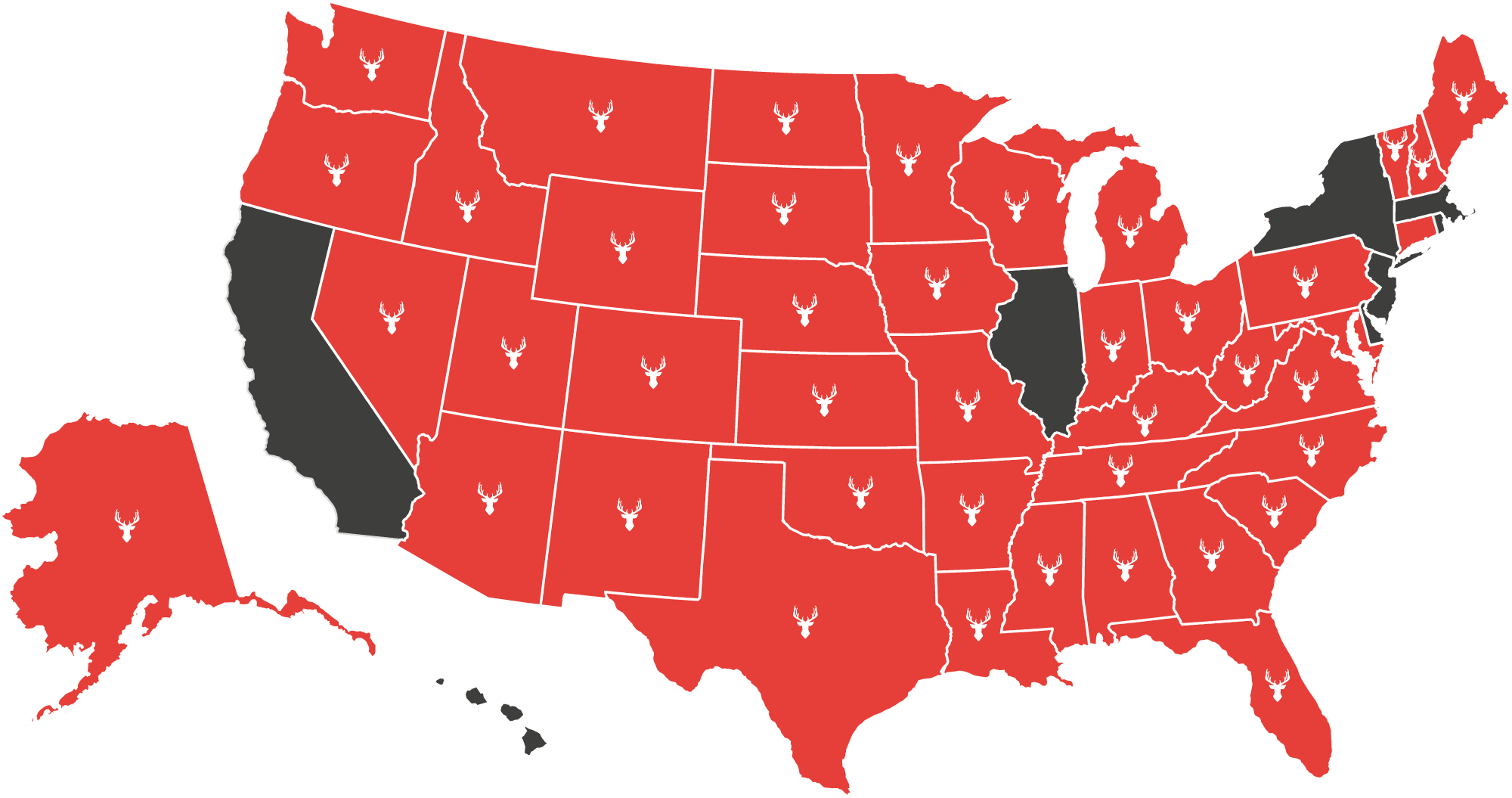
In short, I wouldn’t drive through New York or Illinois with a suppressor, or even with a box of ammo. While I have nothing against either of those states, or the lovely residents therein, I try to limit my time on the ground as a rule.
And that’s why it is best to fly.
But what if, on your way to the airport with your suppressor and rifle nicely locked in a case in your trunk, you get pulled over for a traffic infraction? Are you legally required to inform the officer that you have a gun and suppressor?
What Is Your Duty To Inform?
In 12 states, you’re legally required to inform officers if you have firearms or suppressors in your vehicle. In the remaining 38 states, it’s optional. To avoid complications, it’s generally a good idea to be transparent and carry all necessary permits.
I’ll share my thoughts. My livelihood requires that I stay on the right side of the law. I work in the firearms industry. As such, I’m going tend to overshare and make myself as un-threatening as I can be in these situations. I present the officer with my license and carry permit at the same time, which is enough to open the conversation.
Others, though, privilege their privacy. This, too, is a position I understand and respect. If this is one of those points that you feel strongly about, know the rules where you intend to travel.
Flying With Firearms and Suppressors
Flying with firearms and suppressors is common, but requires careful planning.
1. Check Airline Regulations
Although some rules are set by federal agencies, different airlines have varying rules on firearms. For instance, United Airlines limits gun cases to five firearms. Always verify airline policies in advance.
I frequently fly with guns. My day job requires that I attend media events, trade shows, and training sessions. The folks at the check-in counter look at me sideways when I open a case and there are 20 pistols inside, but it is all above board.
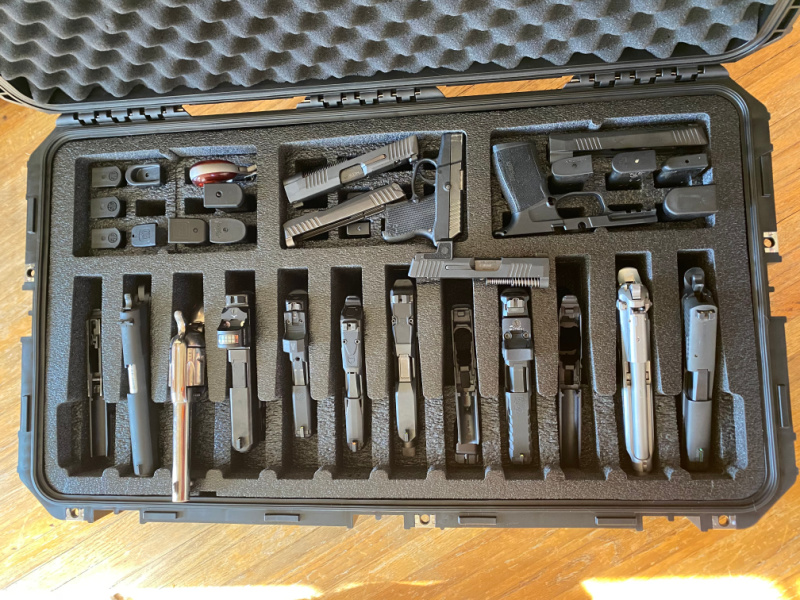
2. Secure Your Gear
All firearms and silencers must be locked in a TSA-approved firearms case. Some of the boxes that gun makers supply with their guns will work, so long as you can lock them up — and those can be placed inside a normal suitcase that you check (not as a carry-on).
Your locked case will get a special tag that will route it back to the baggage claim office, or check-in desk at tiny airports. This tag is supposed to prevent the bag from rolling off on the normal baggage claim belt, which the airlines consider a security risk.
TSA regulations also stipulate the allowed weight of ammunition that you can include in your checked bag, and how guns and suppressors must be secured.
Also, consider the outward appearance of your case and the security concerns where you are traveling. Some gun cases advertise their contents. When you leave the airport to grab an Uber, or show up in a crowded hotel lobby, you may be attracting unwanted attention to the contents of your cases.
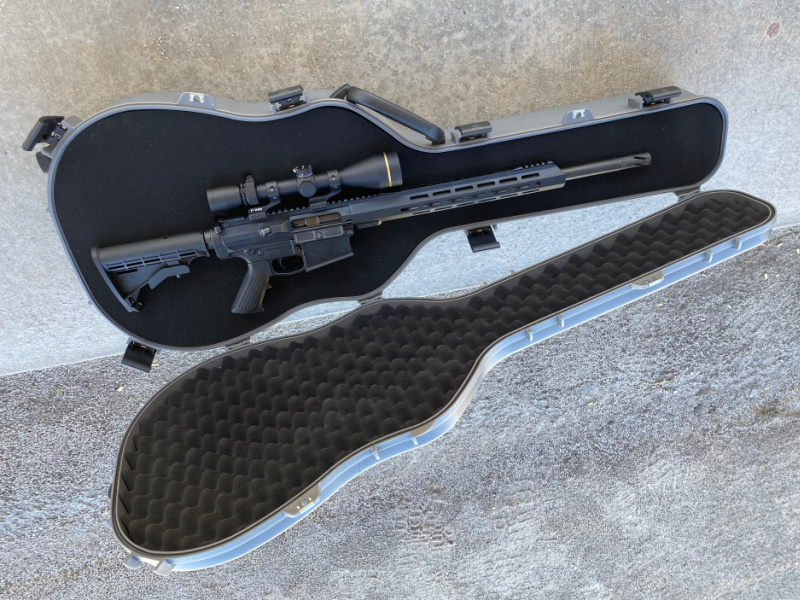
3. Allow Extra Time
Arrive early at the airport and stay nearby to handle any TSA issues during screening. Some bags may be swabbed or visually inspected, and delays can happen.
I always arrive early to avoid long lines, and after checking my suppressor, I will sit down and wait near the check-in desk for at least 15 minutes, just to make sure there are no TSA concerns during their screening process.
Some TSA screenings are simple — they run the bag through the X-ray machine and call it good. Other times, they’ll swab the bag for explosives or open the case to visually inspect the contents.
At larger airports, the screening happens out of sight and simply waiting a bit is enough. At smaller airports, like mine with just one gate, I can see the recheck and get a polite nod when all’s clear.
Still, I’ve been on the wrong side of security, at the gate, when I heard my name called on the speakers. Usually, when this happens, it means that TSA can’t get into the locked case, and you have to go back out through security, and then back in.

4. Track Your Gear
A few extra steps to keep tabs on your luggage can save you headaches later.
At the check-in desk, right before you close and lock the case, snap a picture of all contents. If, like me, you have many things in the case, you can use this as a visual reference to ensure that you arrive with what you originally packed.
Also, use Apple AirTags. These are amazing little devices, and I bury one in a slit in the foam liner of every case I have. Then, when I land, I check its location and can see the bag physically move through the process. They’re accurate trackers.
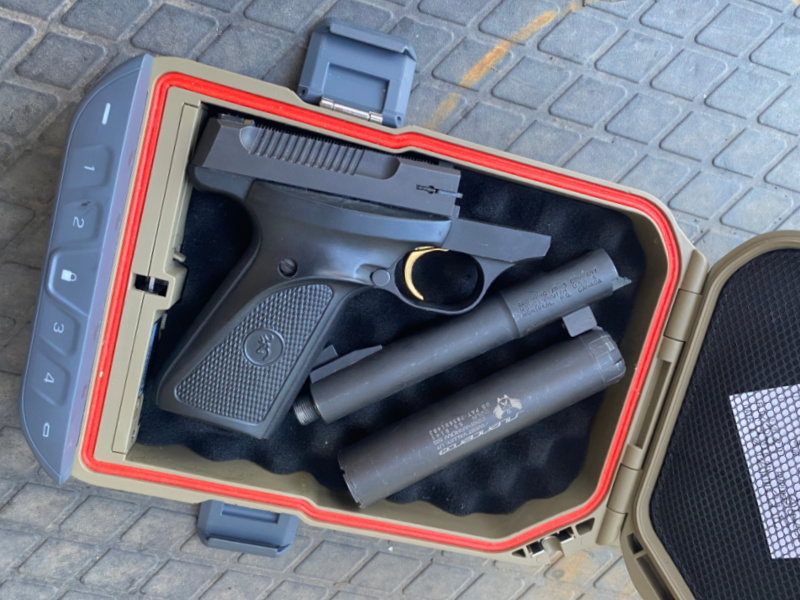
5. Handle Delays Wisely
If you’re stuck in a state where suppressors are illegal, inquire about rechecking your firearms or ask the baggage office to hold the case. Always get written confirmation of any advice.
Flight delays happen. Often, if you’re stuck for any length of time, you can retrieve your luggage and check in again when it is time to fly. Before taking possession of a case that contains a suppressor, though, ask if rechecking your firearms and suppressors is allowed. You may not be permitted to do so in these states.
In those circumstances that leave me asking questions, I get the answers in writing, or I make note of the names of the airline and TSA Agents providing me with the information. Cover your ass to the best of your ability.
If they won’t let you recheck those guns and suppressors, you can request that the baggage office hold the locked case. While hardly optimal, it is better than getting stuck on the ground with guns you can’t legally travel with. As long as you haven’t taken possession of the bag, it is still their responsibility.
Shipping Firearms and Suppressors
Shipping your firearms to yourself is another option for transporting them from one state to another. As suppressors are legally classified as firearms, this works.
You can ship a package to yourself, care of an outfitter or trusted individual, but you must be the one to open it at the destination. Use a locked case, insure the contents, and take a photo for documentation.

Shipping your firearms to yourself is a viable option for transporting them between states, and since suppressors are legally classified as firearms, this applies to them as well. You can ship a package to yourself, care of an outfitter or trusted individual, but you must be the one to open it at the destination. Always use a locked case, insure the contents, and take a photo for documentation.
As with air travel, it’s crucial to review the regulations of your chosen shipping carrier. These policies frequently change, and not all employees may be familiar with the specific guidelines for shipping firearms or suppressors. Having the carrier’s rules in hand can be helpful.
UPS Policy: UPS only accepts firearms shipments from licensed FFLs (Federal Firearms License holders). Since they do not accept firearms from the general public, I do not recommend using them as an option.
FedEx Policy: FedEx allows the general public to ship firearms, provided they are being sent to an FFL. An FFL can then ship to another location, provided they are in compliance with ATF regulations. This process is more straightforward, which is why FedEx is the recommended carrier.
USPS Policy: USPS policies are the most difficult to navigate, particularly around handguns. The public cannot mail handguns or any firearm that can be concealed on a person. They specifically list handguns, pistols, revolvers, short-barreled shotguns, and short-barreled rifles as nonmailable if they can be concealed. However, they do not explicitly state they won’t accept NFA items like suppressors, and they don’t define concealment clearly.
While a suppressor is not a handgun, USPS’s strict rules and inconsistent interpretation can make them unreliable. The ATF defines a concealed firearm as a device capable of being hidden on a person and discharged through an explosive—this does not apply to suppressors.
In short, USPS can be unpredictable, and FedEx is generally the more reliable choice.
If the idea of shipping a suppressor to yourself makes you cringe, you’re not alone. It is hardly a common practice, and an internet search about shipping suppressors returns conflicting advice. While some sources claim you can use USPS, the reality is that they won’t ship handguns or NFA items, under any circumstances. The confusion often stems from the interpretation of NFA rules, but the final decision may depend on the postal worker at the counter.
Final Tips
In the end, the key takeaway is clear: do your homework. If you are about to go on a prairie dog hunt with your old college roommate and you want to get a rifle, a suppressor, and a mess of ammo 2,000 miles west of your sunny abode in Palm Beach, you’ve got options—but planning ahead is critical.
Know the Rules
Print and carry the relevant policies and regulations for guns, cases, and ammo limits. Be familiar with the rules at both your departure and arrival airports.
Flying into and out of airports where there’s active gun culture is usually a breeze. I can’t tell you how many times TSA agents have gathered around my case to admire guns and suppressors. But I’ve also run across airline representatives who didn’t know their own company’s rules.
Be safe. If you want to CYA, print out the airline’s firearm policies—guns, cases, ammo limits, everything. Know the regulations where you are going, and if you have a layover, know those as well.
Carry Documentation
And lastly, keep digital copies of your tax stamps, trust documents, and serial numbers. This is the final fail-safe. I travel with both my license and my passport, though I keep them in separate bags, just in case.
Check Your EDC
If you are flying, check that you aren’t carrying your EDC gun before you get to security. And your knives. The TSA agents get bent if you have either.
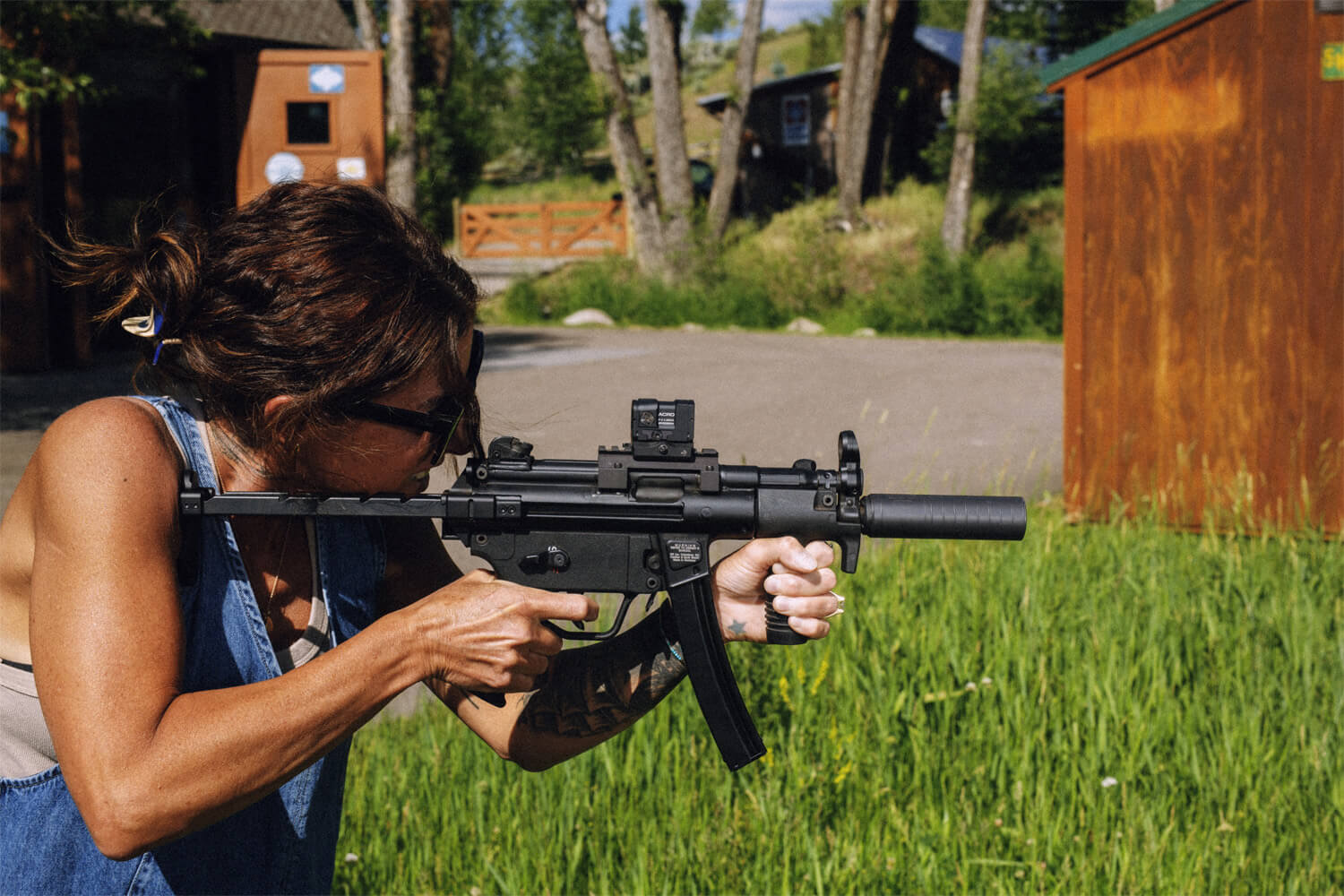
By staying informed and prepared, you can navigate the complexities of traveling with firearms and suppressors smoothly. Safe travels!


